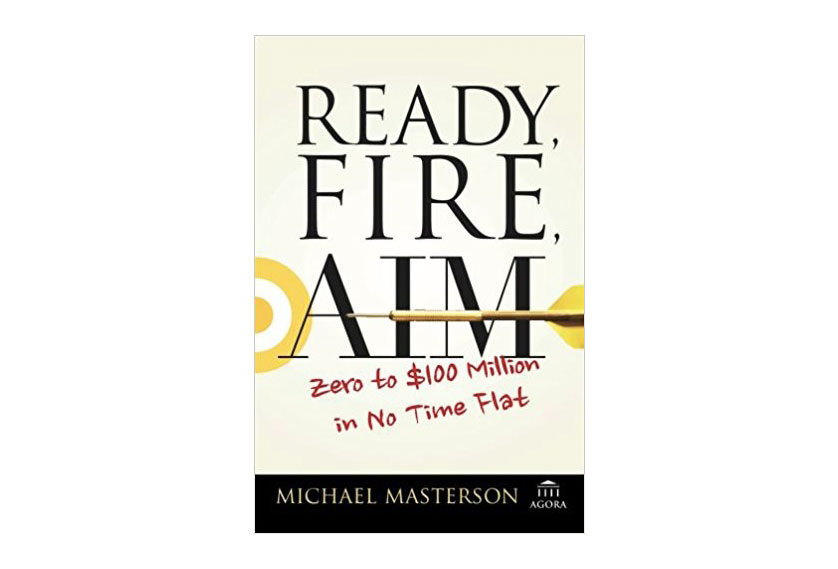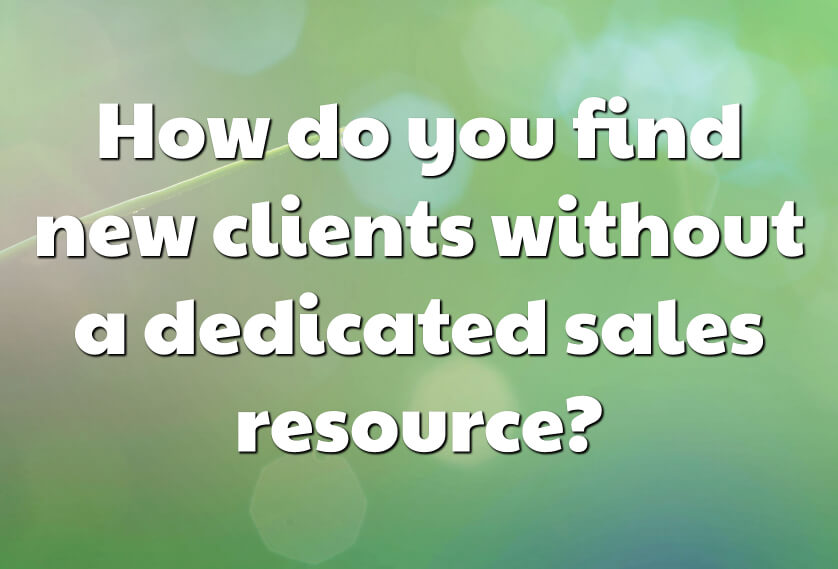Have you read Ready, Fire, Aim by Michael Masterson?
It’s a great book, packed with goodies. I love the emphasis on taking action. And I was flicking through it at the weekend, when I re-read the section on front end, back end sales.
The front end is what new clients see and buy. This is the core product they see you selling, and to a certain extent they use to compare what you do against others who do a similar thing.
Back when I used to work with vets, it would be the vaccinations. For dentists, it would be the check-up.
For IT support companies, it’s the basic support service (fix and repair).
The back end is the other products and services that clients go on to buy, once they have bought the front end.
For vets it would be a pet health club, or clinical procedures. For dentists it would be selling you Denplan, or a hygienist, or braces, or teeth whitening.
For IT support, it’s a recurring service contract; software; hardware and projects. Lots of lovely back end.
Typically, back end sales are far more profitable. Because a) you don’t have to pay the cost of acquiring the client again, and b) you already know them so the impact of the delivering the extra service is less.
Remember, the goal here is increasing profit, not just turnover.
Literally anyone can grow a business at the expense of profit. The trick is to grow turnover and net profit at the same time.
And for that, you need to sell a lot more in the back end.
People buy for only 2 reasons. You need to feed both in your back end
Most purchases are made to either fix a problem (needs), or make the buyer feel good (wants).
You should have an almost endless supply of back end services to meet these two criteria.
Focus more on wants. Michael Masterson writes in his book that 90% of all purchases are made to satisfy wants.
Once someone is a client they will buy more from you, so long as you put more of the right things in front of them.
Here are 3 questions to ask yourself
1) What problems do my existing clients have? What desires do they have?
2) What products and services can I offer to meet these wants and needs?
3) How do I communicate these products and services in the least salesy, most efficient way?
The answer to question 1 will come from talking to your clients.
The answer to question 2 will come from talking to your clients.
The answer to question 3 will come from talking to your clients
It really is as simple as that.
You should systemise putting yourself talking to clients at least once a week.
If you were the CEO of Tesco, you’d go onto the shop floor every now and then.
Your equivalent of the shop floor is manning the help desk for a couple of hours. Or making customer satisfaction follow-up calls. Performing formal Strategic IT Reviews. Or just ringing for a chat.
It’s possible to be close to clients and how they are feeling, without losing the necessary helicopter view needed to lead the business into the future.
In fact, to feed the back end, it’s essential.






